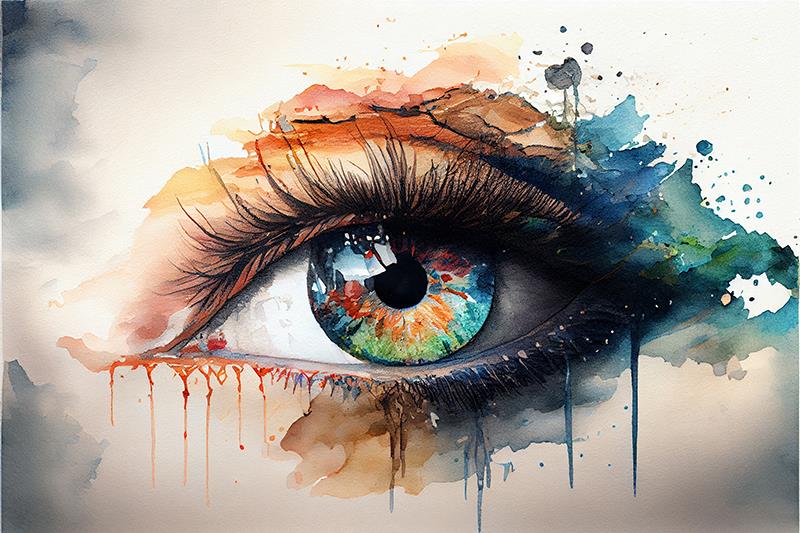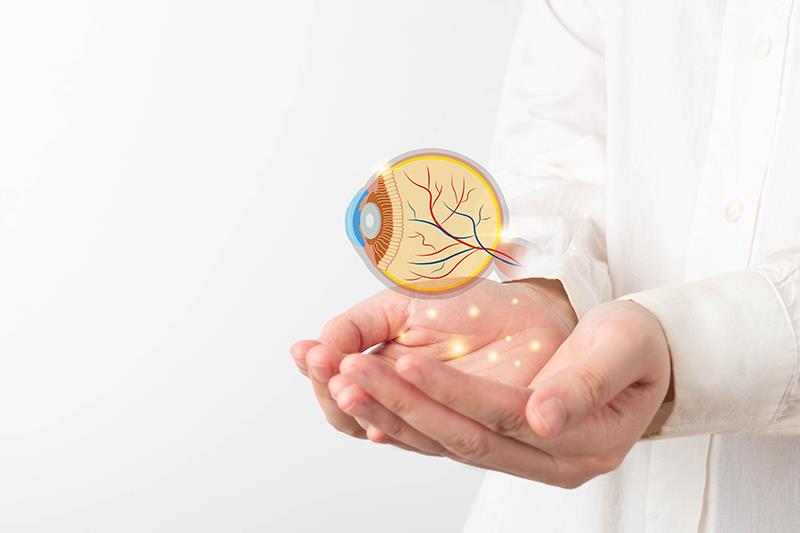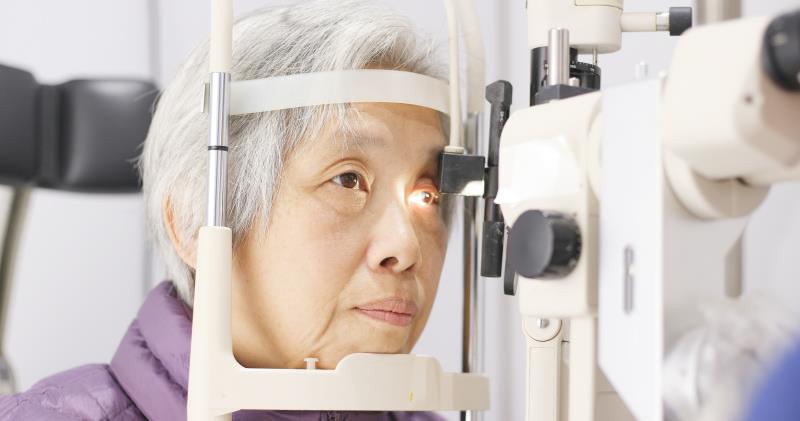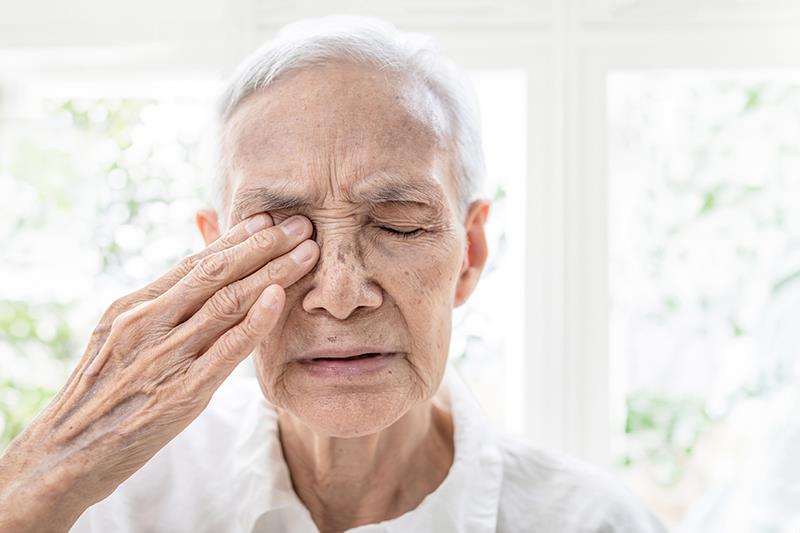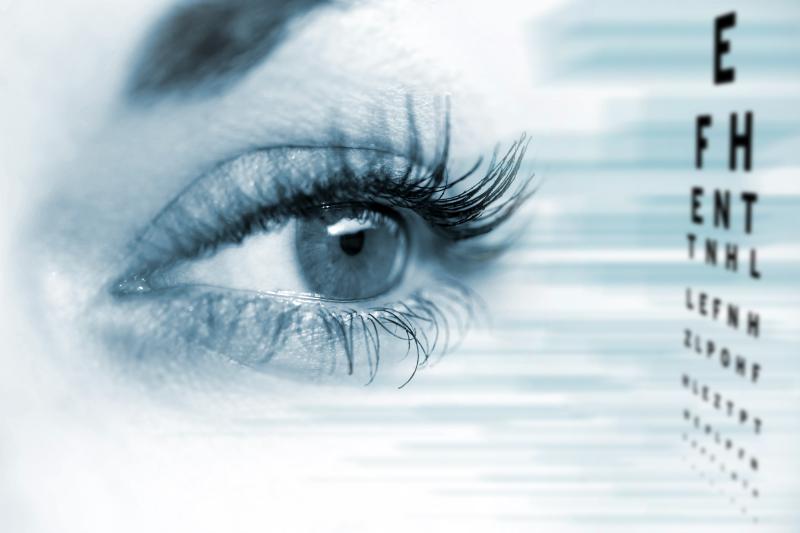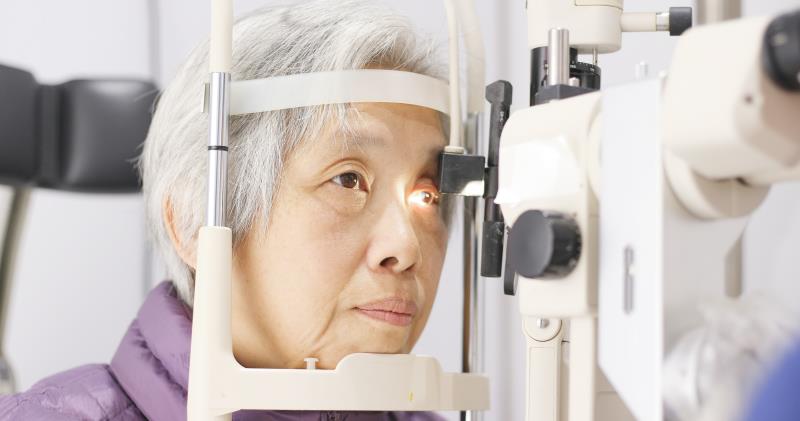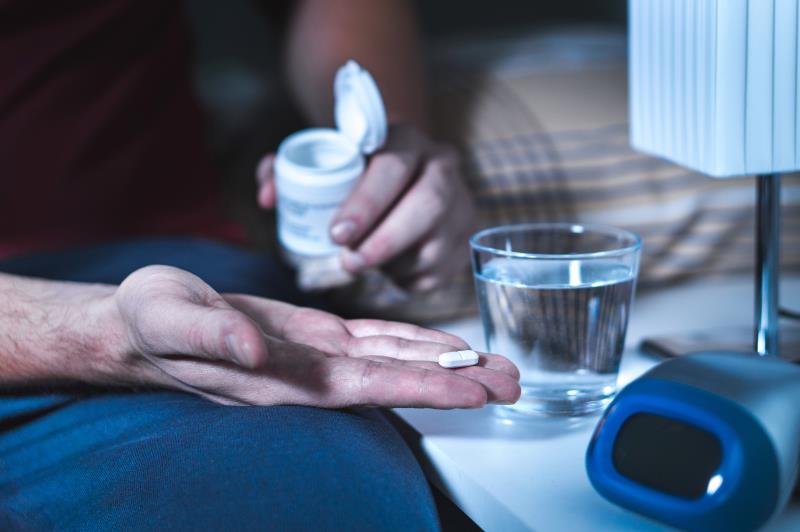Content on this page:
Content on this page:
Overview
Macular degeneration is a chronic, progressive
degenerative disease that occurs in the pigment, neural, and vascular layers of
the macula that causes central vision loss as defined in the Introduction section.
As stated in the Epidemiology section,
macular degeneration is the
leading cause of irreversible vision loss, especially in the elderly. This
section mentions the global estimates and prevalence of age-related macular
degeneration.
The Pathophysiology section
enumerates the effects in the eye of macular degeneration. While, the Risk Factors section enumerates the
different factors that predispose the patient to have age-related macular
degeneration.
Classification of age-related macular degeneration by age-related eye
disease study (AREDS) and neovascular age-related macular degeneration
classification by angiographic patterns of fluorescence are identified and
explained in the Classification
section.
History and Physical Examination
Decreased vision loss and distortion of seeing straight
lines (metamorphopsia) are the most common symptoms of age-related macular
degeneration. Early and late stage manifestations of age-related macular
degeneration are enumerated in the Clinical Presentation section.
Pertinent information that may predispose the patient to have macular
degeneration is listed in the History section.
In the Physical Examination
section, ocular evaluation results that may occur in patients with macular
degeneration are discussed.
Diagnosis
The Imaging section
discusses the different imaging studies to be done to confirm the diagnosis of
macular degeneration.
Ophthalmological diseases that present similar symptoms to age-related
macular degeneration that should be ruled out are in the Differential Diagnosis section.
Management
Treatment goals and options in the management of patients with
age-related macular degeneration are discussed in the Principles of Therapy section.
Details about treatments of age-related macular degeneration like
intravitreal anti-vascular endothelial (VEGF) injection therapy, complement
pathway inhibitors, vitamin and mineral supplements and photodynamic therapy
with Verteporfin are in the Pharmacological Therapy section.
Observation treatment option, patient education and rehabilitation are
discussed in detail in the Nonpharmacological
section.
Laser photocoagulation which is indicated in patients with extrafoveal classic choroidal neovascularization and as treatment option in patients with juxtapapillary choroidal neovascularization are discussed in the section of Surgery.
The frequency of
follow-up depends on the type of AMD and the risk of progression. Follow-up at
regular intervals is recommended for early detection of asymptomatic and
treatable choroidal neovascularization lesions. These are discussed in the Monitoring section together with the
schedule of follow-ups of the different types of age-related macular
degeneration.


